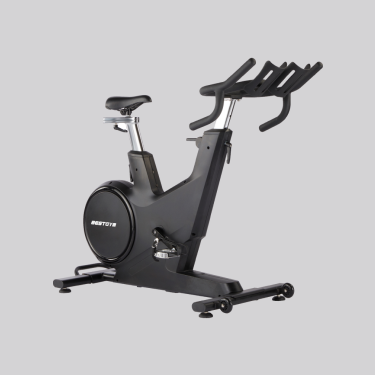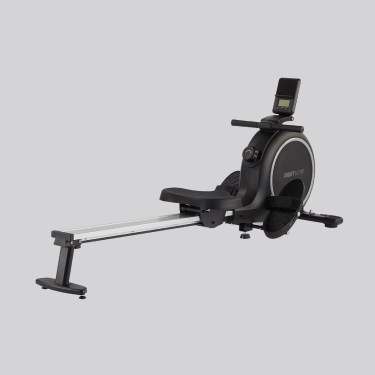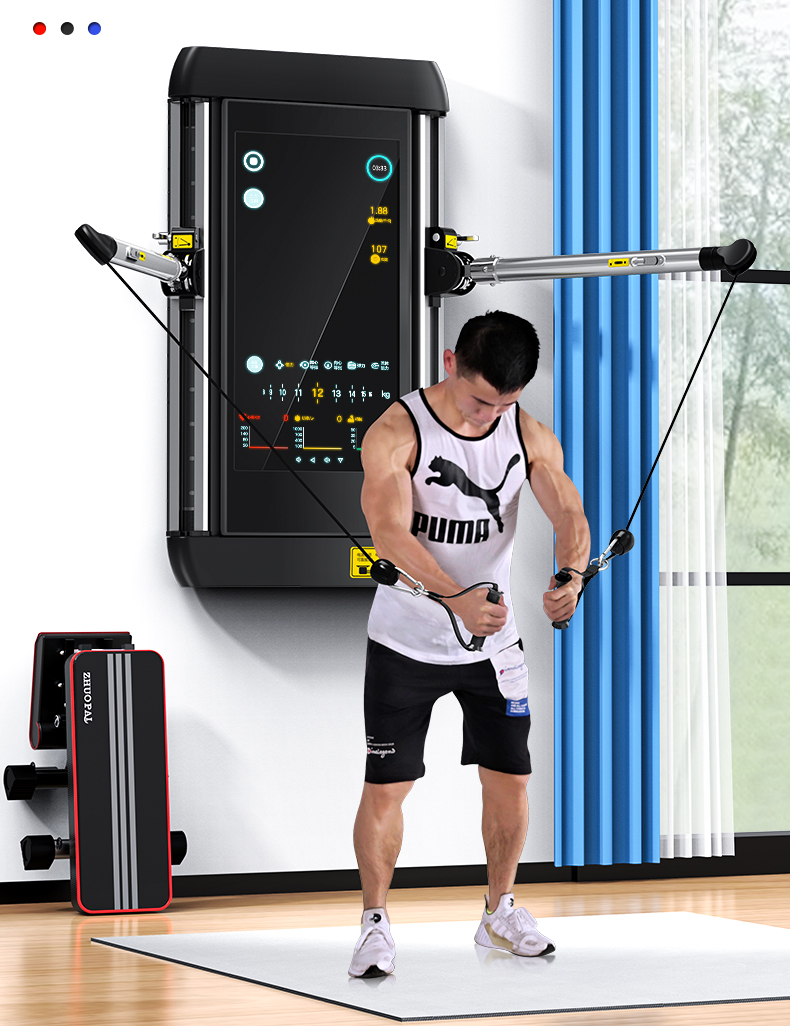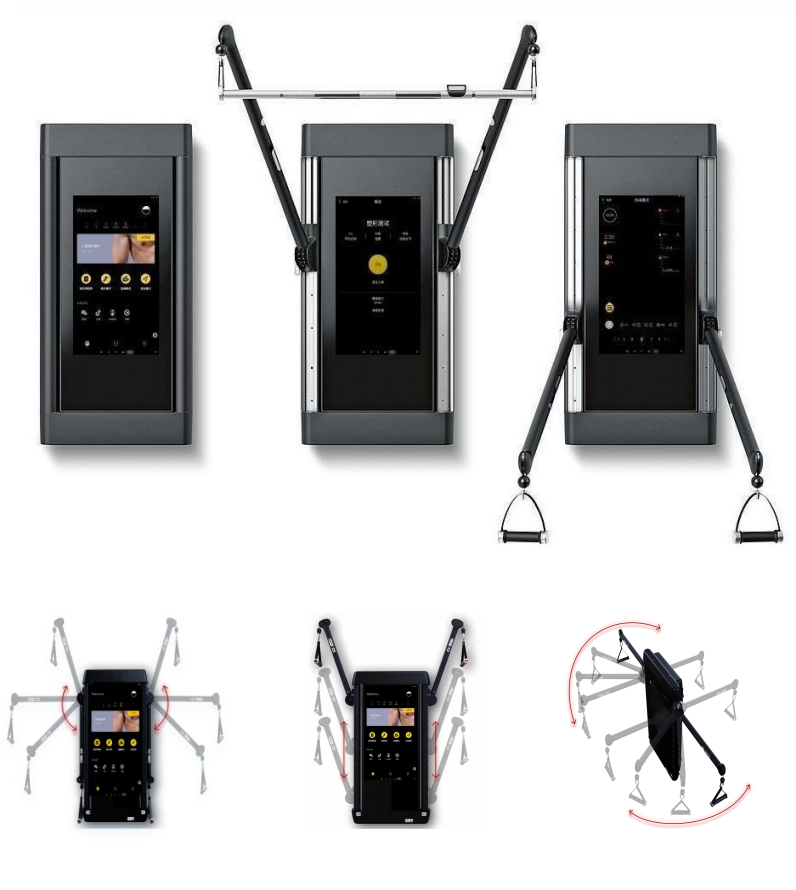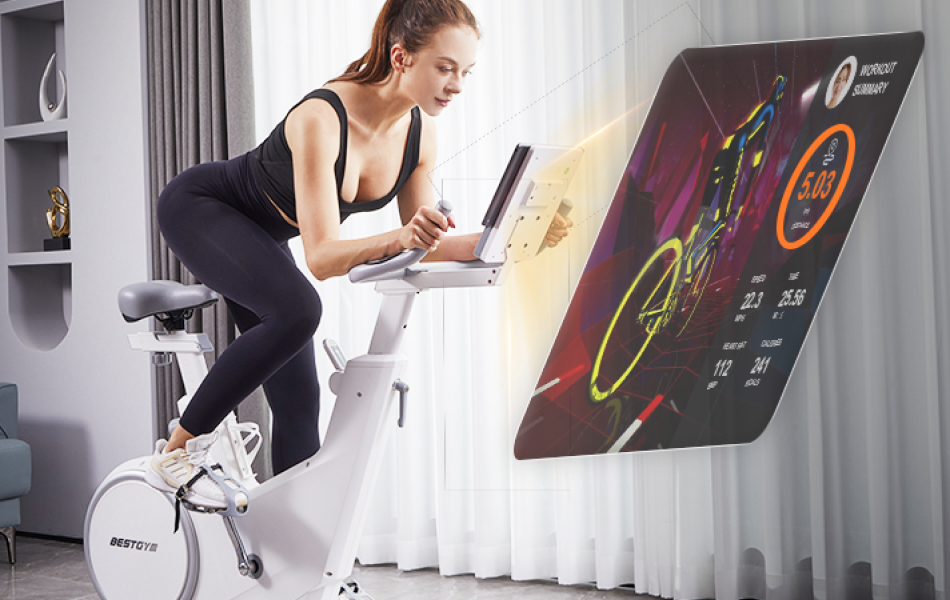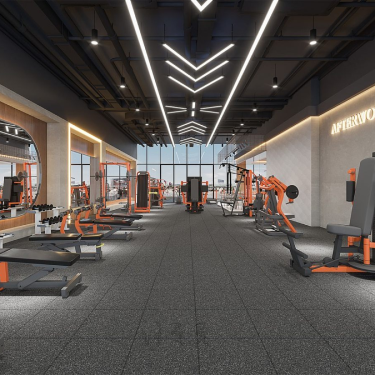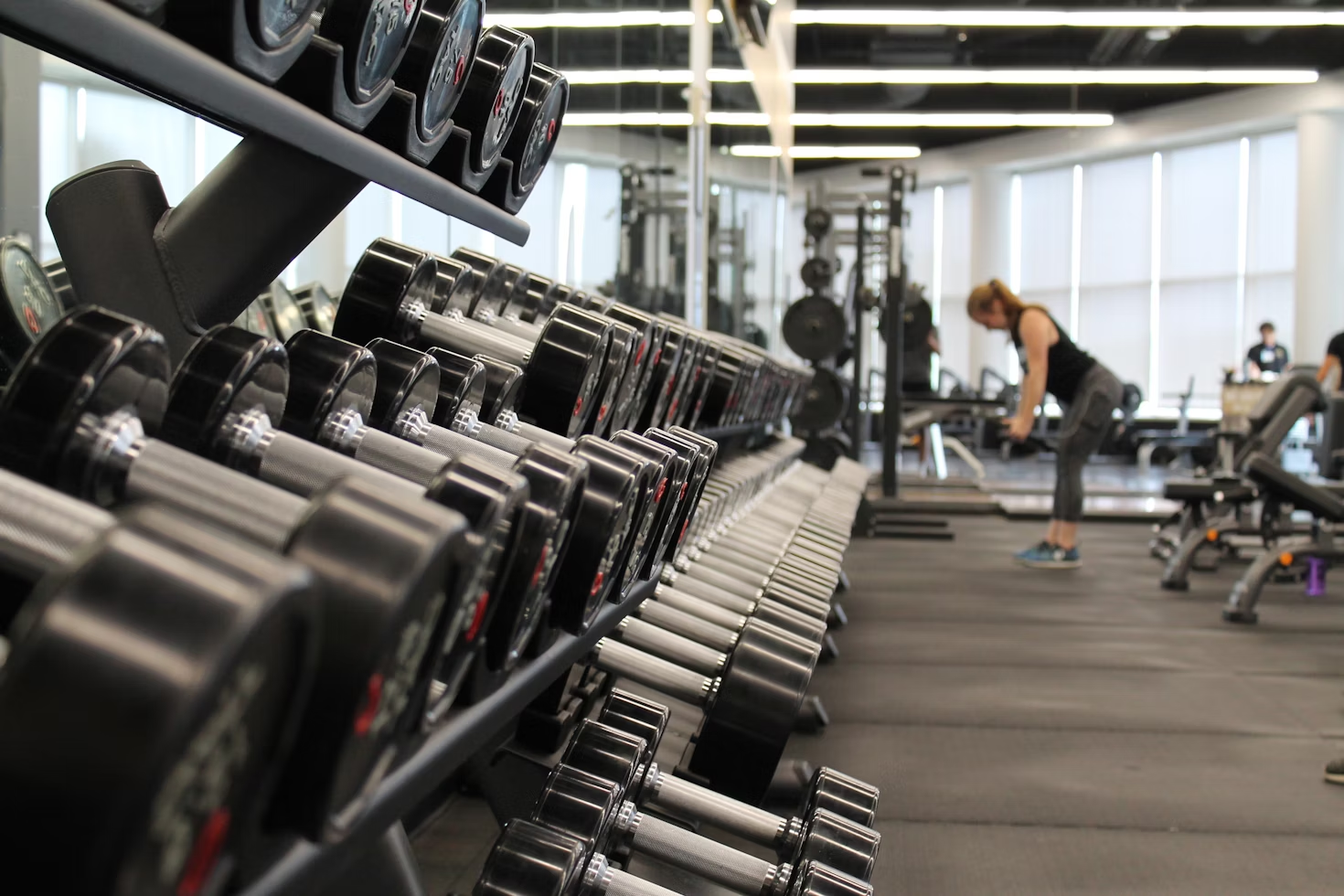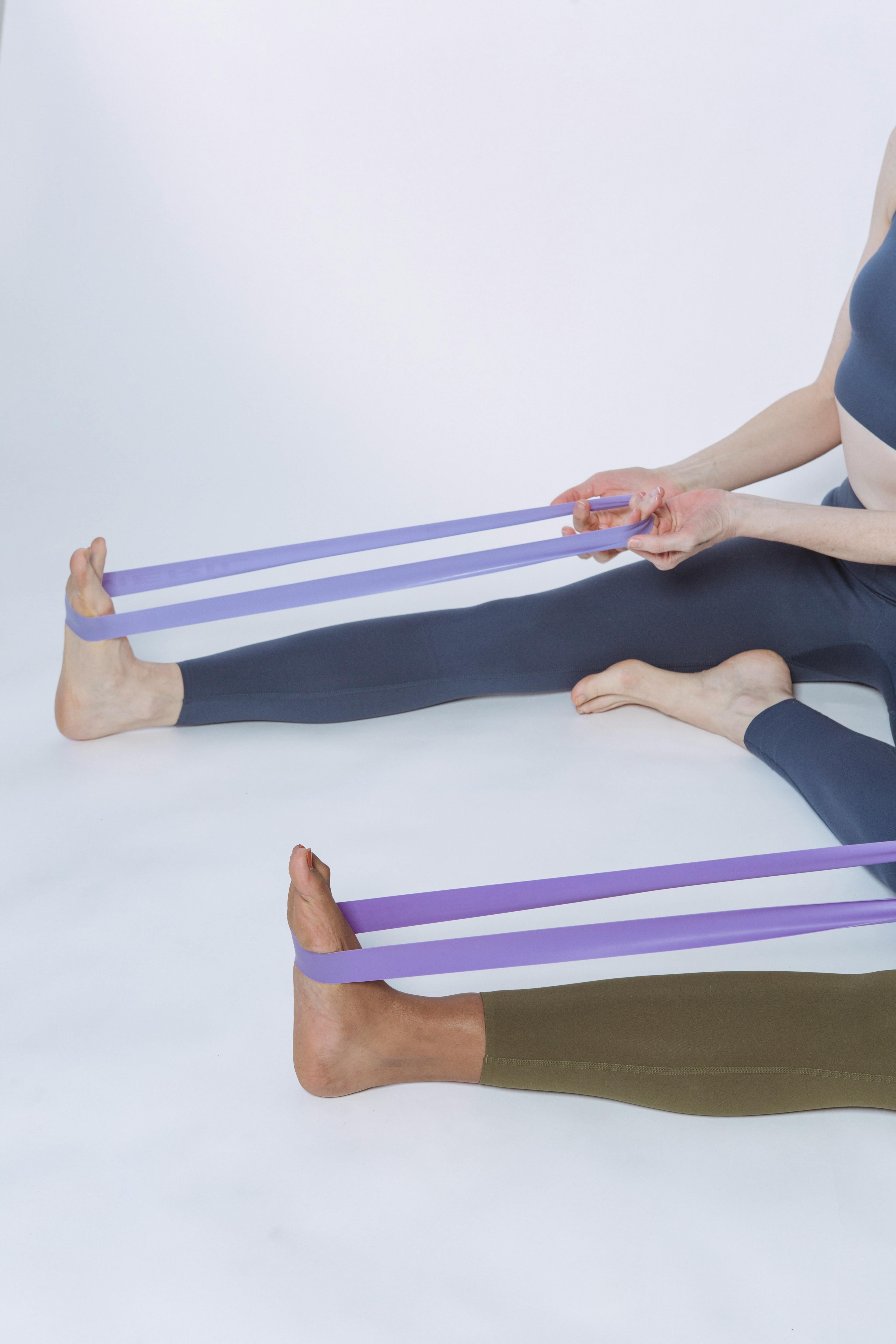Rowing Machines Explained: Difference between Magnetic and Air Rowers
Fitness products like rowing machines have become increasingly popular for their effectiveness in providing a full-body workout. For those looking to invest in a rowing machine, understanding the differences between magnetic and air rowers is crucial. This article will find out the specifics of these two types of rowing machines, their advantages and disadvantages, and how they're made, with insights from a rowing machine factory. We will also explore the meaning and benefits of using a rowing machine.
Rowing Machines Meaning and Benefits
Rowing machines, also known as ergometers or ergs, simulate the action of rowing a boat in water. They are highly effective for cardiovascular fitness and muscle toning. The rowing motion engages multiple muscle groups, including the legs, core, back, and arms, providing a comprehensive workout that burns calories and builds endurance. Additionally, rowing is a low-impact exercise, making it suitable for individuals of all fitness levels and those with joint concerns.
Rowing machines offer numerous benefits beyond basic cardiovascular and muscular fitness. Here are some additional advantages:
1. Improved Posture and Flexibility
The rowing motion requires proper alignment and engagement of the back and core muscles, which helps improve posture. Regular use of a rowing machine can lead to better spinal alignment and reduced risk of back pain. Additionally, the full range of motion during rowing enhances joint flexibility, particularly in the hips and shoulders.
2. Weight Loss and Calorie Burning
Rowing is an efficient way to burn calories and support weight loss. A vigorous rowing session can burn up to 600 calories per hour, depending on the intensity and individual body weight. This high-calorie burn, combined with muscle engagement, makes rowing an effective exercise for reducing body fat and building lean muscle mass.
3. Mental Health Benefits
Exercise, including rowing, is known to have positive effects on mental health. The rhythmic and repetitive nature of rowing can be meditative, helping to reduce stress and anxiety. The release of endorphins during a rowing workout also contributes to improved mood and overall mental well-being.
4. Versatility and Convenience
Rowing machines are versatile and can accommodate a wide range of workout intensities and styles. Whether you prefer high-intensity interval training (HIIT), steady-state cardio, or endurance training, a rowing machine can meet your needs. Moreover, rowing machines are convenient for home use, providing a full-body workout in a compact piece of equipment.
Differences Between Magnetic and Air Rowers
Understanding the difference between magnetic and air rowers can help you choose the right machine for your needs. For individuals, comparing different rowing machines helped you decide which one was the best fit for your home gym. Here are the key differences:
1. Resistance Mechanism
Magnetic Rowers: Use a magnetic brake system to create resistance. The resistance is adjustable via a tension knob or digital controls, providing a consistent and smooth rowing experience.
Air Rowers: Use a fan flywheel to create resistance. The resistance level depends on the user’s rowing intensity; the harder you row, the more resistance you encounter.
2. Noise Level
Magnetic Rowers: Generally quieter than air rowers due to the magnetic resistance system. This makes them suitable for home use, especially in shared or noise-sensitive environments.
Air Rowers: Can be quite noisy because of the fan flywheel. The sound of the spinning fan increases with rowing intensity, which might be a consideration for some users.
3. Resistance Adjustability
Magnetic Rowers: Allow for precise control over resistance levels, making it easy to switch between different workout intensities. The resistance remains constant regardless of the rowing speed.
Air Rowers: Resistance is dynamic and directly linked to the user’s effort. While this provides a realistic rowing experience, it doesn’t allow for pre-set resistance levels.
4. Smoothness and Feel
Magnetic Rowers: Offer a smoother rowing stroke since the resistance is constant and doesn’t fluctuate with the speed of rowing. This can be more comfortable for longer, steady-state workouts.
Air Rowers: Provide a more dynamic rowing experience that mimics the feel of actual rowing on water. The resistance changes with each stroke, offering a more challenging and varied workout.
Choosing the Right Rowing Machine
When deciding between a magnetic and an air rower, consider your personal preferences and workout environment. Here are some factors to keep in mind:
1. Workout Goals
If you prefer a quiet, smooth, and easily adjustable workout, a magnetic rower might be the best choice.
If you seek a more authentic rowing experience with dynamic resistance that increases with effort, an air rower is ideal.
2. Space and Noise Considerations
Magnetic rowers are better suited for home use where noise levels need to be minimized.
Air rowers are more suitable for environments where noise is not an issue, such as commercial gyms or personal home gyms where sound isn’t a major concern.
3. Budget
Magnetic rowers can be more expensive due to the technology involved in creating adjustable magnetic resistance.
Air rowers are typically less expensive but still offer a high-quality, effective workout.
Exploring Rowing Machine Factories
Understanding the production process of rowing machines can provide valuable insights into their quality and functionality. Rowing machine factories focus on several key areas to ensure the production of high-quality equipment:
1. Design and Engineering
Rowing machines are meticulously designed to mimic the natural rowing motion while ensuring user comfort and safety. Engineers focus on creating ergonomic designs that accommodate various body types and sizes. The engineering process also involves selecting durable materials that can withstand regular use.
2. Quality Control
In a rowing machine factory, quality control is paramount. Each machine undergoes rigorous testing to ensure it meets industry standards and performs reliably. This includes checking the resistance mechanisms, frame stability, and overall build quality. High-quality rowing machines are built to last, providing years of effective workouts. Top rowing machine manufacturers often offer extensive warranties and customer support to ensure their products meet high-quality standards.
3. Innovation and Technology
Many modern rowing machines incorporate advanced technology to enhance the user experience. This includes features like digital displays, Bluetooth connectivity, and app integration. Factories invest in research and development to continually improve these technologies, offering users more engaging and effective workout options.
Rowing Machine Factory Insights
To better understand the difference between magnetic and air rowers, it’s helpful to look at how they are manufactured. In a rowing machine factory, both types of rowers undergo meticulous design and production processes to ensure durability and performance.
1. Manufacturing Magnetic Rowers
Magnetic rowers use a magnetic brake system to create resistance. This system involves a metal flywheel and magnets. As you row, the magnets move closer or farther from the flywheel, adjusting the resistance. Magnetic rowers are known for their smooth and quiet operation. In the factory, precise engineering is essential to align the magnets and flywheel correctly. High-quality materials and careful assembly ensure that the resistance changes are seamless and that the machine operates silently.
2. Manufacturing Air Rowers
Air rowers generate resistance using a fan flywheel. When you pull the handle, it spins the flywheel, creating wind resistance. The harder you row, the more resistance you generate, simulating the feeling of rowing on water. In the factory, air rowers require robust construction to handle the high-speed spinning of the flywheel. Durable materials and careful calibration are necessary to ensure that the resistance accurately matches the user’s effort and that the machine can withstand intensive use.
Rowing Machine Suppliers FAQs
As rowing machine suppliers, we often receive questions about the differences between magnetic and air rowers. Here, we address some of the most common inquiries to help you make an informed decision.
1. How do magnetic and air rowers generate resistance?
Magnetic Rowers: Magnetic rowers generate resistance through a magnetic brake system. Magnets are positioned near a metal flywheel, and as you adjust the distance between the magnets and the flywheel, the resistance changes. This system allows for a smooth and consistent resistance that can be easily adjusted.
Air Rowers: Air rowers generate resistance using a fan flywheel. When you pull the handle, it spins the flywheel, creating air resistance. The harder and faster you row, the more resistance is generated. This mimics the natural dynamics of rowing on water.
2. Which type of rower is quieter during operation?
Magnetic Rowers: Magnetic rowers are generally much quieter than air rowers because they do not rely on moving air to create resistance. The only noise typically comes from the sliding seat and the internal mechanics, making them ideal for home use, especially in noise-sensitive environments.
Air Rowers: Air rowers can be quite noisy due to the fan flywheel. The noise level increases with the intensity of the workout, which might be disruptive in quiet spaces. However, many users find the sound of the air rower motivating and indicative of their effort level.
3. How does the resistance feel on each type of rower?
Magnetic Rowers: The resistance on magnetic rowers is smooth and consistent. It remains the same regardless of how fast or slow you row, which can be beneficial for steady-state workouts and precise resistance control.
Air Rowers: The resistance on air rowers is dynamic and changes based on your rowing speed. This means the faster you row, the more resistance you feel, providing a more authentic rowing experience that closely simulates rowing on water.
4. Are magnetic or air rowers more suitable for high-intensity interval training (HIIT)?
Magnetic Rowers: While magnetic rowers can be used for HIIT, the constant resistance might not provide the same level of challenge as dynamic resistance. However, they are still effective for interval training with adjustable resistance settings.
Air Rowers: Air rowers are particularly well-suited for HIIT because the resistance increases with the intensity of your rowing. This allows for natural transitions between high and low effort periods, making your workout more varied and challenging.
5. What are the maintenance requirements for magnetic and air rowers?
Magnetic Rowers: Magnetic rowers typically require less maintenance because there are fewer moving parts that come into direct contact. Regular cleaning and occasional checks of the mechanical components are usually sufficient.
Air Rowers: Air rowers might require more maintenance, especially to keep the flywheel clean and free of dust. Ensuring the chain or belt is well-lubricated and checking the fan blades periodically can help maintain optimal performance.
Rowing machines are a powerful tool for achieving comprehensive fitness, offering a full-body workout that enhances cardiovascular health, muscle tone, and overall well-being. Whether you choose a magnetic or air rower, understanding the differences and benefits can help you make an informed decision. Insights from rowing machine factories highlight the dedication to quality and innovation in producing these effective exercise machines. Investing in a rowing machine can be a transformative step towards achieving your fitness goals, providing versatility, convenience, and a host of health benefits.
BESTGYM is a premier gym machine factory renowned for its innovative approach and commitment to quality. With a relentless pursuit of excellence, BESTGYM stands at the forefront of the fitness industry, continuously pushing boundaries and setting new standards. Our state-of-the-art manufacturing facilities employ cutting-edge technology and adhere to stringent quality control measures, ensuring that every product that bears the BESTGYM name meets the highest standards of durability, performance, and safety. From cardio equipment to strength machines, BESTGYM's extensive range of fitness solutions caters to the diverse needs of gyms and fitness enthusiasts worldwide. With BESTGYM, you can trust that you're investing in top-of-the-line gym equipment that will elevate your fitness facility to the next level.
Both magnetic and air rowers have their unique advantages and can provide excellent full-body workouts. Understanding the differences between them, as well as insights from the rowing machine factory, can help you make an informed decision. Whether you prioritize noise level, resistance adjustability, or the authenticity of the rowing experience, there is a rowing machine that will meet your needs and help you achieve your fitness goals.

